
The Martin 16 is designed for adaptive sailing so people with disabilities can easily control sails and steering. It is an excellent choice for individuals or organizations wanting a sailboat that can be easily and safely controlled by someone with a range of physical limitations.
To continue reading this article or issue you must be a paid subscriber. Sign in
Subscribe to Practical Sailor
Get full access to Practical Sailor - over 4,000 articles - for just $34.
Subscribe today and save 42% off the annual rate.









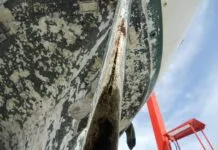



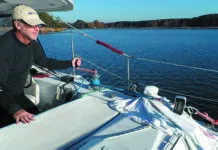








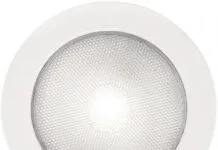



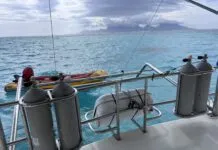


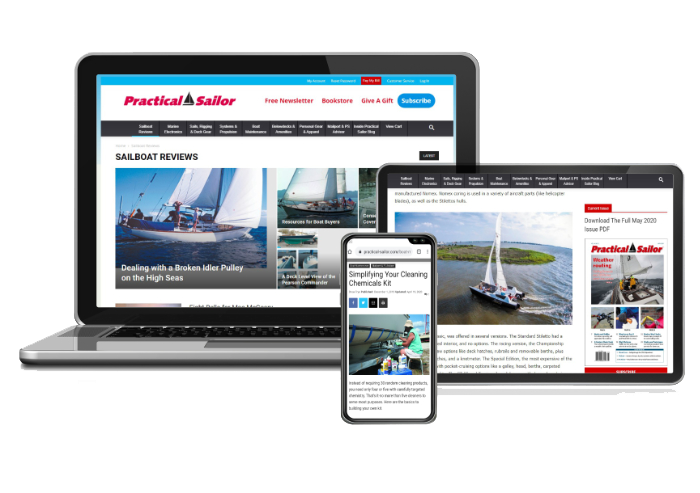





Thanks to Alex for this great article showcasing the technical aspects of the Martin16s. Shameless self-promo (from a big fan of Practical Sailor and current Board Director of Challenged Sailors San Diego) – we sail every weekend, year-round to serve those living with disabilities. What you don’t see in the pics above are the adaptive sailors in their wheelchairs. Those are left behind at the docks. The Martin16s have allowed us for the past 10 years to deliver on a mission. They provide the opportunity to get people with a wide range of disabilities, including MS, CP, TBI & qudras/paras, to go…**again**…sailing EVERY WEEKEND. Big gratitude to everyone out there who has been part of the journey.
A very interesting adapted boat. While many will see it as boat for young, physically challenged sailors, It may be seen as a solution for aging sailors as well. I have been dealing with the challenges of aging in myself and sailor friends of my generation (8th decade folks). First, low bench seats became problematic (bad knees), than the ability to rise and cross safely to the weather side when tacking became difficult and slow (bad knees and muscle atrophy), than going forward to hank on and douse sails becomes very risky (declining balance), finally, handling lines becomes difficult with impaired grip and reduced strength (muscle deterioration, arthritic joints). And yet the desire to sail burns strong in our hearts. As in business, the aging sailor does well to remember the adage “adapt or die (or stay ashore)”. My solution has been to change boats: choose a boat with higher cockpit seating, move to a boat with a wider cockpit to facilitate a standing shift from lee to windward, raise the boom by taking in a reef without lowering the main halyard (sacrificing power), add a roller furling jib and a main with lazy jacks or a Dutchman system, build a center seat over the cabin/cockpit bulwark to center the weight of an immobile sailor and allow him/her to handle lines sitting facing aft. This is a whole topic area largely undiscussed as we cannot be seen to admit to our changing (not deteriorating) capacity. You might want to explore these waters.